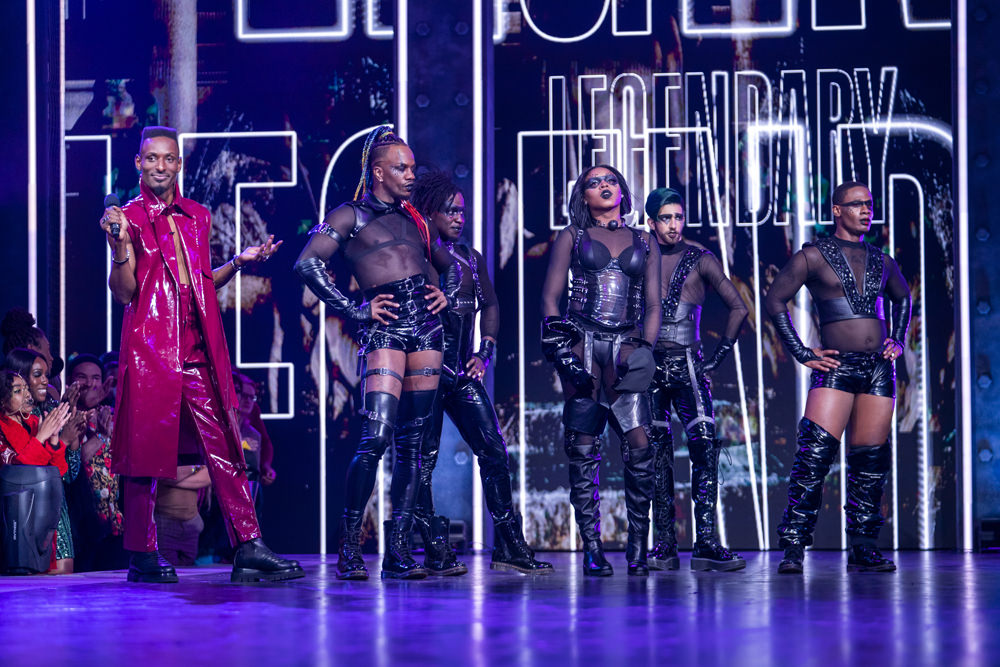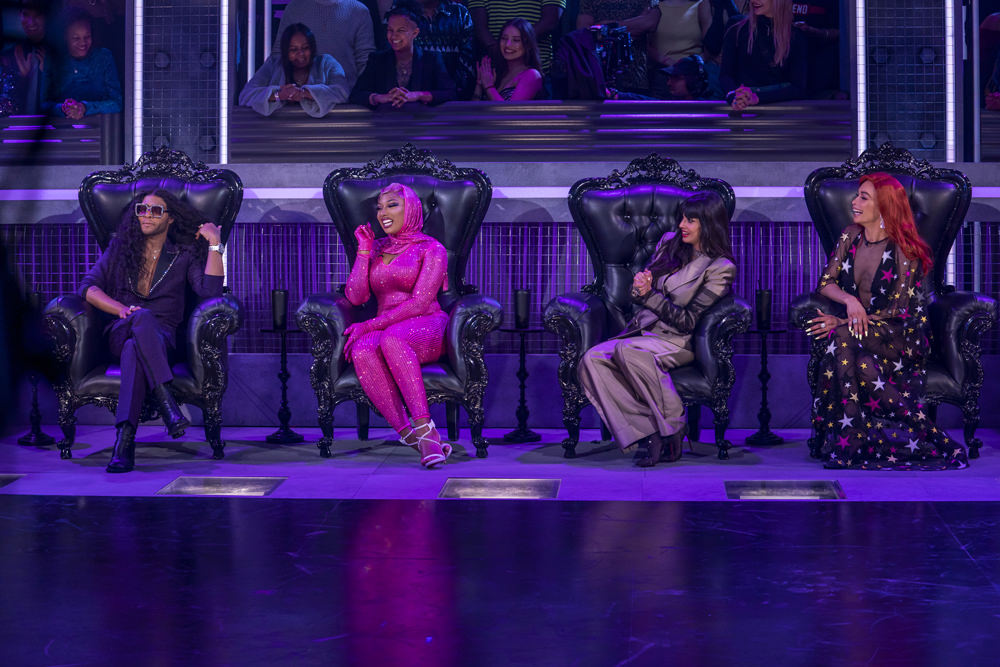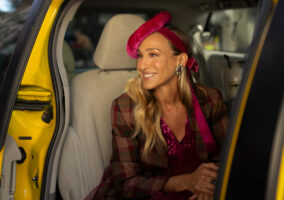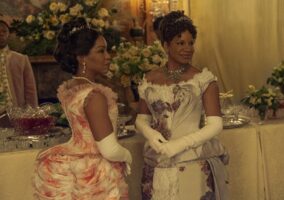
As we’ve been relating ad infinitum for the last year promoting our book, we wrote one of the earliest reviews of RuPaul’s Drag Race, long before most recappers or reviewers or modern fans saw the show. And on that day after the premiere episode of the eventual Emmy winning franchise aired, we noted that it was some seriously “gaygaygay” television in our review. In the years since (and again, in the promoting of our book), we amended that thought and expanded on it by claiming that Drag Race was the queerest show in the history of television because it offered an unvarnished look at what queer folks do and say, what slang terms are used and inside jokes are referenced, when we come together to work (or werk) and play. In the decade-plus since that review, Drag Race has shown itself to be a somewhat narrow slice of queer representation, sticking almost entirely to casting cis gay men, with Ru himself making some inflammatory comments about trans or lesbian representation on the show. Drag Race’s legacy and effect on the world can’t be downplayed, but as it ages into its second decade, the limits of the show have become more and more evident.

Well, look out, because here comes Legendary, snatching the “queerest show ever” crown from Drag Race – and it did so by including straight folks in the mix, ironically enough. We won’t go into a strict recap of the first episode, largely because it’s completely introductory in tone, with host Dashaun Wesley introducing each of the judges, Leiomy Maldonado (fierce as shit and good at making technical critiques), Jameela Jamil, serving fashion and high glamour, Megan Thee Stallion, who clearly loves herself a good walk, and Law Roach giving the fashion critiques (and possibly setting himself up as the mean one, which every reality show needs). Each competing house got a chance to strut and show their stuff to the judges without the fear of being sent home (yet), which makes the premiere episode much more celebratory than the rest of the series is likely to be, once the competition heats up. We saw some shade rearing its head among the houses and families, which is exactly as it should be, since the ballroom is where shade was born. And since no queen can read like a ball queen, you can expect some withering putdowns further down the line. But for now, for this first episode, it’s strictly about partying and educating the children on what the ballroom is all about: beauty, precision, dance, attitude, shade, and underneath it all, despite all of the glamour on display, a raw sort of realness that harkens back to the ball scene’s street-level origins. If your only exposure to the ball scene was through Paris is Burning or Pose, you may be in for a bit of a shock. Not just because it’s all gotten so slick and glamorous in the years since the ball scene first got introduced to the mainstream, but because it’s so relentlessly, joyously celebratory and life-affirming in a way other ball culture representations have failed to convey. Make no mistake: this is a worldwide phenomenon with major players (gay, straight, trans, cis, male, female, white, black, LatinX and Asian, all in the first episode) bringing serious talent to the floor and you will definitely gag on the eleganza they bring with them.

We can’t tell you what HBO MAX even is or how to get it, but we can tell you that if you like Drag Race and you want your queer fabulosity to reach the next level, with more diverse representation and a closer look at the lives of queer people trying to live their lives and create their art, Legendary is the show you want to watch.
Vintage 40s and 50s Lingerie Ads Next Post:
Jennifer Lopez Serving Looks for “World Of Dance”
Please review our Community Guidelines before posting a comment. Thank you!



